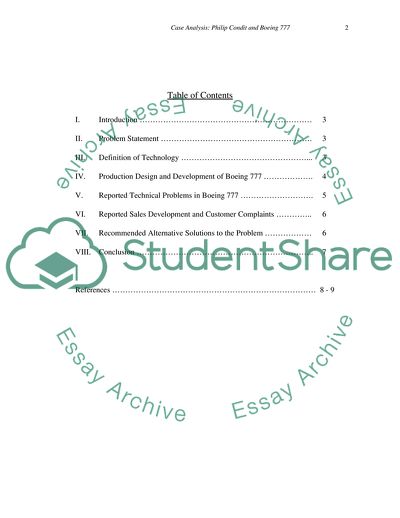Cite this document
(Philip Condit and Boeing 777: Production and Sales Design and Case Study, n.d.)
Philip Condit and Boeing 777: Production and Sales Design and Case Study. https://studentshare.org/technology/1708762-case-analysis
Philip Condit and Boeing 777: Production and Sales Design and Case Study. https://studentshare.org/technology/1708762-case-analysis
(Philip Condit and Boeing 777: Production and Sales Design and Case Study)
Philip Condit and Boeing 777: Production and Sales Design and Case Study. https://studentshare.org/technology/1708762-case-analysis.
Philip Condit and Boeing 777: Production and Sales Design and Case Study. https://studentshare.org/technology/1708762-case-analysis.
“Philip Condit and Boeing 777: Production and Sales Design and Case Study”. https://studentshare.org/technology/1708762-case-analysis.


